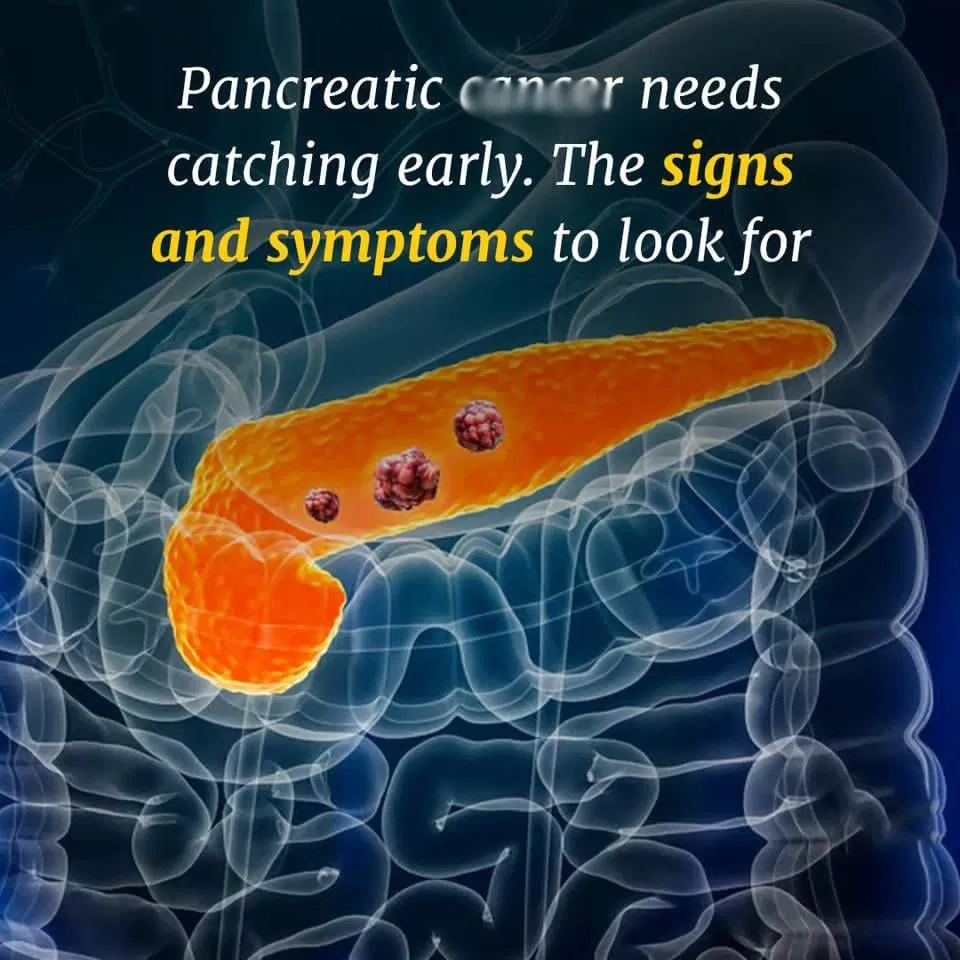Pancreatic Cancer Symptoms You Should Know and How the Disease Develops
Pancreatic cancer is one of the deadliest forms of cancer, often going undetected until it has reached an advanced stage. The pancreas, an organ located behind the stomach, plays a crucial role in digestion and regulating blood sugar levels. Because symptoms can be vague or easily attributed to other conditions, early detection is challenging. It’s essential to understand the common symptoms and how pancreatic cancer develops so you can take proactive steps toward your health.

How Pancreatic Cancer Develops
Pancreatic cancer begins in the cells of the pancreas. The two primary types are exocrine tumors (which make up most cases) and endocrine tumors (which are rarer). Exocrine tumors form in the ducts of the pancreas and are typically more aggressive. The cancer may begin in the cells lining the pancreas and can spread to nearby organs such as the liver, lungs, and peritoneum.
The pancreas functions in two ways:
- Exocrine function: It produces enzymes that help in digestion.
- Endocrine function: It releases hormones like insulin that regulate blood sugar levels.
Pancreatic cancer often starts in the ducts of the pancreas, where it may spread undetected. As the cancer grows, it may obstruct bile ducts, leading to jaundice, or interfere with the pancreas’s ability to release digestive enzymes, which leads to digestive issues. In its early stages, the cancer is hard to diagnose due to its subtle and nonspecific symptoms.

Symptoms of Pancreatic Cancer
Symptoms of pancreatic cancer vary based on the tumor’s size and location. Some common signs include:
- Jaundice (Yellowing of the Skin and Eyes)
One of the most common early signs of pancreatic cancer is jaundice. This occurs when the tumor blocks the bile duct, causing bile to build up in the liver. This leads to a yellowish tint in the skin and eyes, as well as dark urine and pale stools. - Abdominal Pain
Pain in the upper abdomen or back is a frequent symptom of pancreatic cancer. This pain may be dull or severe, often worsening after eating or when lying down. It may radiate to the back as the tumor grows and presses on surrounding tissues. - Unexplained Weight Loss
Significant weight loss that occurs without any changes to your diet or exercise routine could indicate pancreatic cancer. The tumor can interfere with the pancreas’s ability to release digestive enzymes, leading to malnutrition and weight loss. - Loss of Appetite and Digestive Issues
Many people with pancreatic cancer experience a loss of appetite, nausea, vomiting, and trouble eating or digesting food. The tumor can obstruct the digestive tract or affect the pancreas’s ability to produce enzymes, leading to poor digestion. - New-Onset Diabetes
Pancreatic cancer can disrupt the pancreas’s ability to produce insulin, which may lead to new-onset diabetes or uncontrolled blood sugar levels. If you suddenly develop diabetes or notice difficulty managing your blood sugar, it’s worth discussing with your doctor. - Fatigue
Persistent fatigue that doesn’t improve with rest is another symptom that may be linked to pancreatic cancer. This can be caused by the body’s energy being diverted toward fighting the cancer, as well as the impact of malnutrition or anemia.
What to Do Next?
If you experience any of these symptoms, it’s crucial to consult a healthcare provider as soon as possible. Early detection of pancreatic cancer can improve treatment options and outcomes. Tests such as CT scans, ultrasounds, and biopsies are typically used to diagnose the disease. While pancreatic cancer is difficult to treat in its later stages, treatments such as surgery, chemotherapy, and radiation therapy may help manage the disease or improve quality of life.
By understanding the symptoms and how pancreatic cancer develops, you’re taking the first step toward prioritizing your health and seeking timely medical intervention.

















